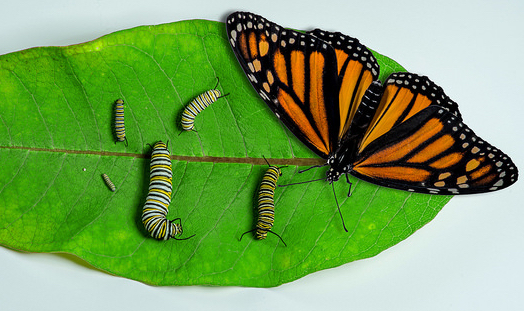We’re now mid-way through the first year of the AAAS Community Engagement Fellows Program (CEFP), funded by the Alfred P. Sloan Foundation. The first cohort of Fellows is made up of 17 scientific community managers working with a diverse range of scientific communities. As they continue to develop their community engagement skills and apply some of the ideas and strategies from their training, the Fellows will report back on the blog, sharing their challenges, discoveries, and insights. Today, Fellow Malin Sandström discusses her path to defining her community manager career.
Posted by Malin Sandström, Community Engagement Officer at INCF (International Neuroinformatics Coordinating Facility)

“Don’t worry about understanding everything at once, NOBODY has the right background for this” said my MSc thesis supervisor, a dozen or so years ago. Then, the advice applied to mathematical modeling of the biochemical networks involved in learning and memory, an area that came with heaps of dense academic papers peppered with acronyms and incomprehensibly condensed descriptions of experimental protocols. Now, that advice applies equally well to community management, an area of expertise I did not even know existed in science until a few years ago.



